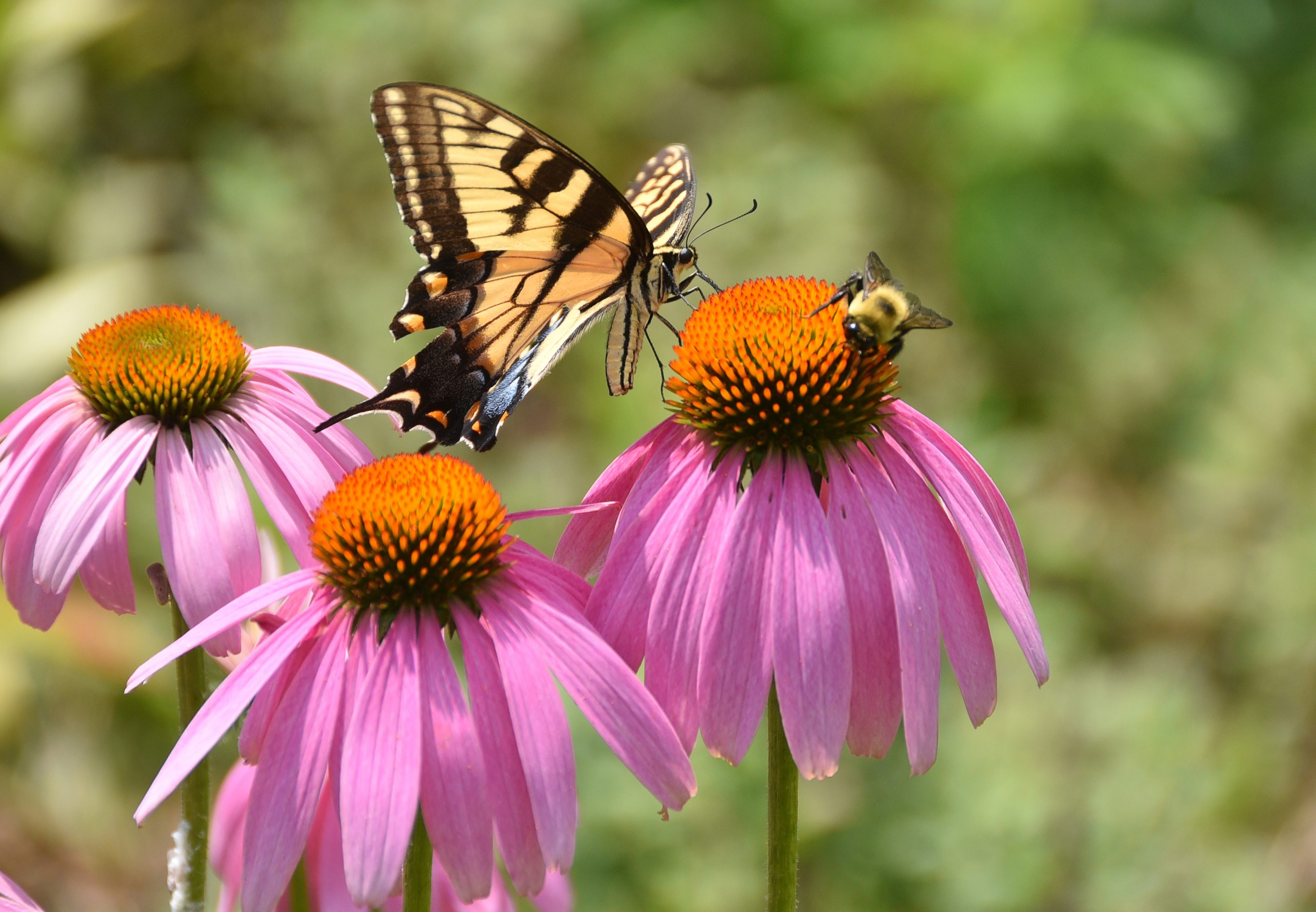Like humans, plants are born, grow, reproduce, and die. In an asexual or sexual way, naturally, with technical intervention or with the intervention from pollinating animals, Nature multiplies and plant sexuality is one of the essential tools for this to happen. Find out in in this article what lies behind the “magic” of plant reproduction.
In an ever moving world, we don’t always question the simplest things. Have you ever inquired about plants’ sexuality? How do trees reproduce even without human intervention?
Who has never spent long minutes admiring a garden, watching the details: a bee pollinating a flower; a bird dropping a seed it carried in its beak for kilometres; or a gardener breaking the silence and pruning a tree? Even the seemingly most banal events, like a “butterfly effect”, play a role in the emergence of a new plant.
The sexuality of plants is far from linear, and can happen in a sexual way (the union of female and male gametes) or in an asexual way (vegetative propagation, the new plant is genetically equal to the initial organism). Nevertheless, there are “actors” in a supporting role this story that can play a fundamental role in it: pollinating agents – bees, other animals and even the wind –, and people planting new areas or reformulating existing ones.







